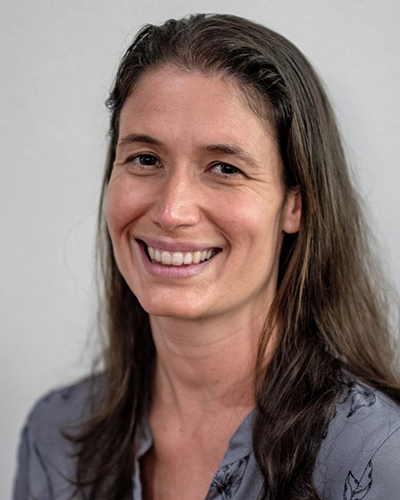Featured Experts

Kim Mayfield
Geochemist & Research Scientist

Kim Mayfield
Geochemist & Research Scientist
Dr. Kimberley Mayfield is research scientist (Ph.D.) with experience in biogeochemical project design and management, quantitative data analysis, and science communication. She specializes in carbon dioxide removal, geochemistry, and environmental justice.

Simon Pang
Direct Air Capture Pillar Lead at Lawrence Livermore National Lab

Simon Pang
Direct Air Capture Pillar Lead at Lawrence Livermore National Lab
Dr. Simon Pang is a Materials Scientist in the Materials for Energy and Climate Group at LLNL. His research includes development and implementation of materials and technologies for carbon capture, the interface between carbon capture technologies with carbon conversion to develop a circular carbon economy, and systems analysis for carbon and energy technologies. He holds a PhD in Chemical Engineering from the University of Colorado Boulder.
In this Episode
Removing carbon dioxide from the atmosphere through direct air capture (DAC) has the potential to eliminate billions of tonnes of CO2, but this process requires an increase in renewable energy resources as well, to avoid additional emissions. The amount of land required for renewable electricity generation also restricts the maximum capacity of DAC. However, there are regions in the US that have significant renewable energy potential, intersecting with the geologic formations required for CO2 storage, which make them ideal for DAC buildout.
Despite its potential, DAC is predicted to be a more expensive form of carbon dioxide removal than the other options identified in the R2R report. However, DAC can create carbon management jobs and help communities evolve from fossil fuel dependence. It is essential to thoroughly consider all emissions associated with DAC, particularly those from energy use, to accurately evaluate its carbon removal capabilities. DAC developers who use renewable electricity should also consider alternative uses for that electricity, such as decarbonizing local grids.
The Roads to Removal analysis found that some regions have more potential for DAC paired with renewable electricity, while others have a large potential for DAC paired with natural gas.
To learn more visit, https://roads2removal.org/